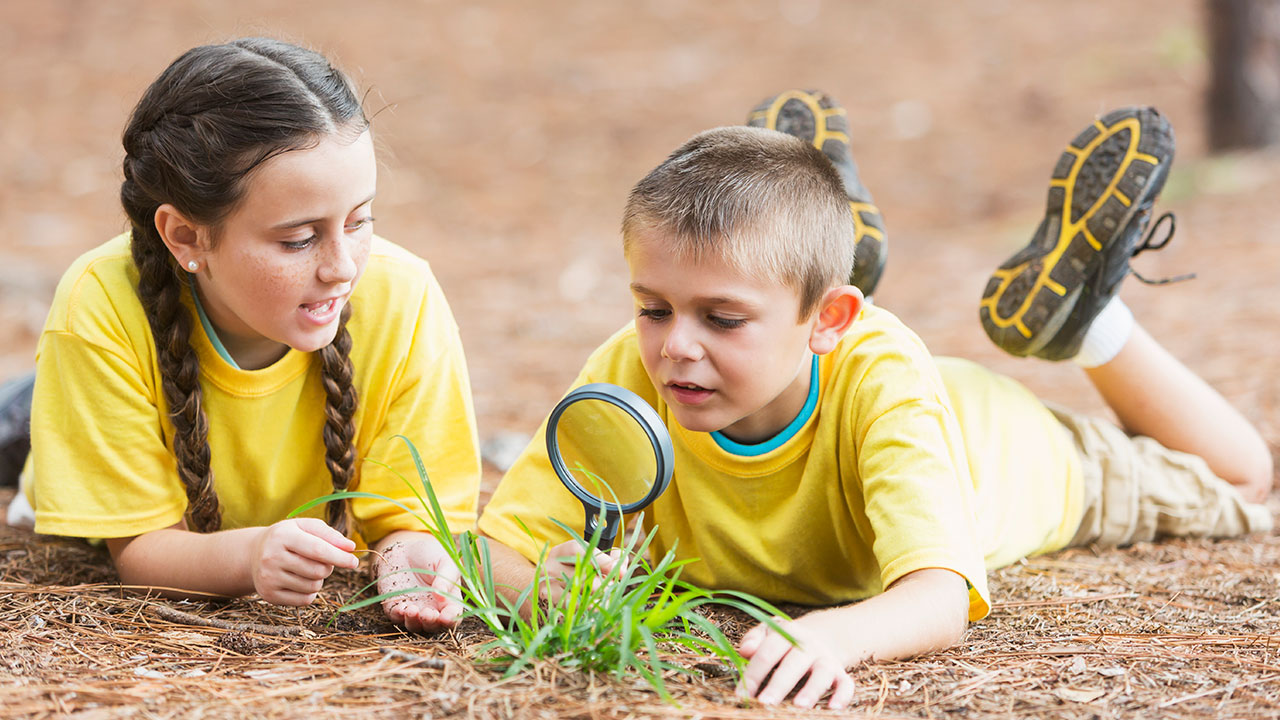A Quick Guide
Applied behavior analysis is an approach used in therapy that attempts to understand and change people’s maladaptive (unhealthy) behavior. It is an action-based approach that precisely defines the target behavior, measures it, attempts to change it, and tracks the progress.
For example, a person who struggles to leave smoking may benefit from ABA therapy. It may define smoking as ‘the number of cigarettes’ he smokes in a day. Help him reduce this number per day, try alternative strategies e.g. nicotine patches, or restructure his environment e.g. limit access to cigarettes, etc. At the end of every week, the behavior analyst may track his progress by looking at any decrease in the number of cigarettes smoked per day.
What is Behavior in Applied Behavior Analysis?
So, in pure behavior modification therapy, it is important to define behavior. Behavior is anything you do in response to external or internal events. For example, you feel anxious (internal event) about an upcoming exam. So, you start studying hard for it (external behavior). Here, the observable or overt behavior is studying hard. Whereas, covert or hidden behavior is your feeling of anxiety.
However, our personality characteristics do not come under the definition of behavior. So for example, you cannot target someone’s personality trait of shyness in behavior therapy. But you can target its behavioral manifestation i.e. difficulty speaking in front of new people and work with the person to improve that.
It is important to mention that behavior therapy targets people’s overt behavior (e.g. our actions/body movements, our verbal behavior, our non-verbal behavior) and assists in changing them. Whereas, covert behavior are a person’s subjective mental experiences (e.g. our thoughts, emotions, physical sensations etc). These are not the main targets of change in applied behavior analysis. However, some behavior analysts may target these as well to change overt behavior.
Watch: [Principles of Applied Behavior Analysis]
Where does behavior come from?
All human behavior is either governed by heredity or experience/learning. In ABA therapy, we target behaviors that are learned. Usually, we learn anything by the processes of learning called classical conditioning, operant conditioning, and modeling. These are three basic principles of behavior. Behavior analysts conduct Adaptive Behavioral Analysis to conceptualize and understand the maladaptive behavior of people in the context of these principles. Accordingly, they suggest strategies to unlearn such behaviors as well. They are discussed as follows:
Classical Conditioning
Imagine you come home from a hard day of work and you ask your mom what’s for dinner?. She says ‘I have just ordered a freshly baked, hot large pizza’. Just hearing the word ‘pizza’ makes you salivate. This is a learned response since you have associated the name ‘pizza’ with the food. So instead of salivating while looking at the actual food which is a natural reaction, you salivate upon hearing its name. This is an example of classical conditioning in action. We simply learn to associate two stimuli together, such that after their repeated pairings, we respond in the same way to the original/natural stimulus and the paired stimulus. Likewise, behavior analysts analyze problematic behavior according to this principle and come up with strategies to change it.
Operant Conditioning
In operant conditioning, learning is based on the consequences i.e. reward or punishment. You are more likely to repeat a behavior followed by a reward and less likely to repeat a behavior followed by a punishment. Again, behavior experts analyze problematic behaviors according to this principle, analyze the rewards/punishments, and suggest ways to change the behavior or help someone learn new behavior. For example, parents immediately give their child a new toy to soothe him after he throws a tantrum in the market. This reinforces his behavior such that he learns that any time I throw a tantrum I will get a new toy. Accordingly, his problematic behavior (tantrums) increases in frequency with time.
Modeling
Modeling or social observational learning refers to the way we learn behavior by observing others (models) in our surroundings. We are more likely to repeat the behavior for which the model was rewarded and decrease the behavior for which he was punished. For example, you see that your mother praises (rewards) your brother for cleaning his room. So, you also do the same to make her happy.

We hope the above article helped you to understand the principles of ABA therapy. To understand more about it’s origin, check out the related articles.



 How to control bedwetting in children using ABA Therapy?
How to control bedwetting in children using ABA Therapy?  The Historical origins of Applied Behavior Analysis ABA Therapy
The Historical origins of Applied Behavior Analysis ABA Therapy  Effective Communication Strategies For People on the Autism Spectrum
Effective Communication Strategies For People on the Autism Spectrum  Effective Teaching Strategies for students with ASD
Effective Teaching Strategies for students with ASD  A brief introduction to Applied Behavior Analysis ABA Therapy
A brief introduction to Applied Behavior Analysis ABA Therapy